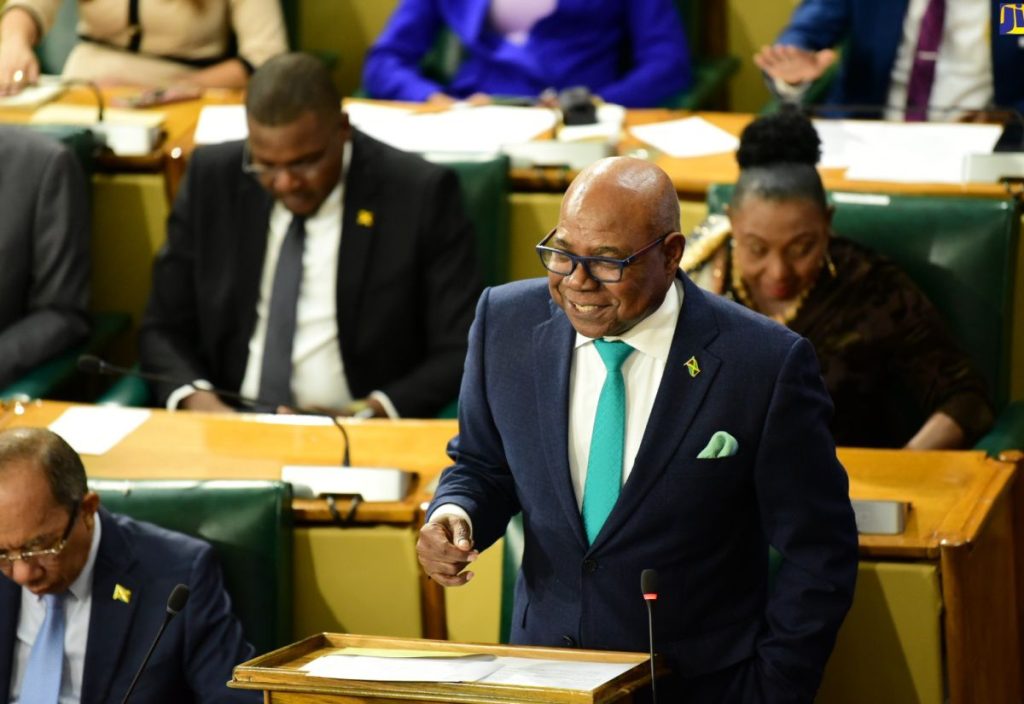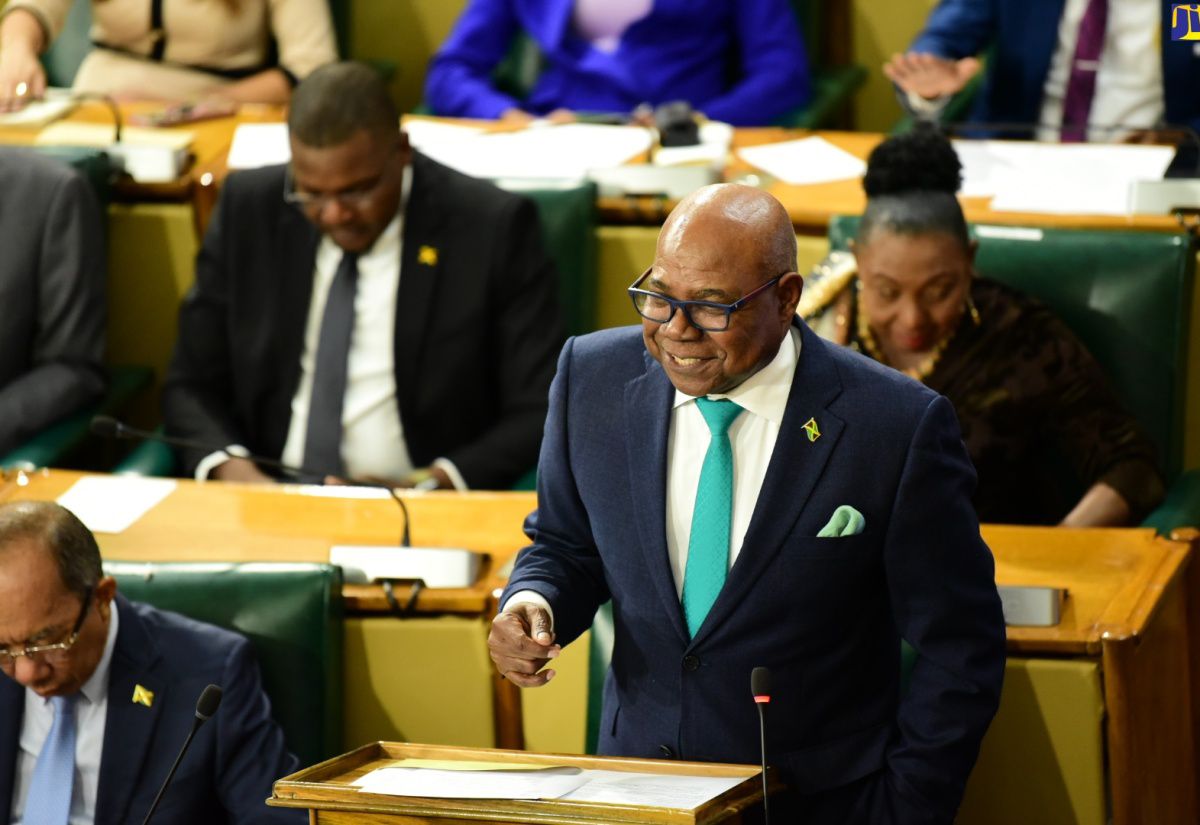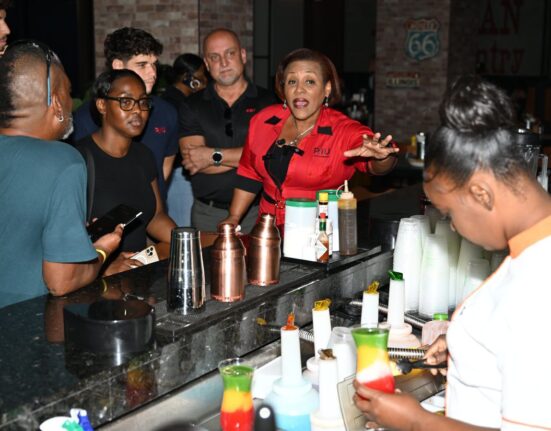
Preliminary gross earnings from tourism are estimated at a record US$4.38 billion for fiscal year 2023/24 as the sector continues its exponential growth.
Stopover arrivals are projected at 2.96 million, reflecting a 9.4 per cent increase over the previous period, with cruise arrivals expected to reach 1.34 million, up by nine per cent from the previous period in 2022/23.
Minister of Tourism, Edmund Bartlett, in announcing the figures as he opened the 2024/25 Sectoral Debate in the House of Representatives on Tuesday (April 30), said that the US$4.38 billion in earnings “is the largest revenue flow from tourism in the history of the tourism industry”.
“Several of our communities that were reeling from COVID, as a result of this performance, are now bustling centres of commerce and activity again and are providing more jobs,” he noted.
Bartlett informed that for the first three months of 2024, Jamaica has already cleared 1.34 million visitors with earnings of US$1.27 billion. The figure includes 788,000 stopovers, which is a 7.4 per cent increase over the first three months of 2023.
“Cruise has come back [with] 554,560 [cruise passengers] representing a 16.1 per cent increase over the corresponding three months last year,” he noted.
The minister also informed that the Canadian market is growing and has shown improvement.
“It grew, in fact, by 38.6 per cent and now accounts for 12.9 per cent of the market, which is very good for us because it was just about 10 per cent before COVID. What has happened, however, is that some of the other markets have shrunk and we will have to go back to build them and to get them stronger,” he pointed out.
In the meantime, Tourism Enhancement Fund collected US$59.2 million or $9.2 billion in fees last year.
These funds are generated through the US$20 fee for incoming airline passengers and the US$2 fee for cruise passengers, directly contributing to the Consolidated Fund.
The country also earned US$103.5 million or $16 billion in departure tax; $4.6 billion in airport improvement fees; airline passenger levy, $9.2 billion; passenger fees and charges, $11 billion; and room tax, $3.6 billion, for a total direct revenue flows into the consolidated fund of US$345.8 million or $53.6 billion.
“So, that $53.6 billion is directly into the government revenues, but it does not include the many billions that flow from general consumption tax (GCT), because tourism is the most consumption-driven activity on planet Earth. People travel to consume and consume, and at every point of consumption, they pay a tax,” Bartlett pointed out.






